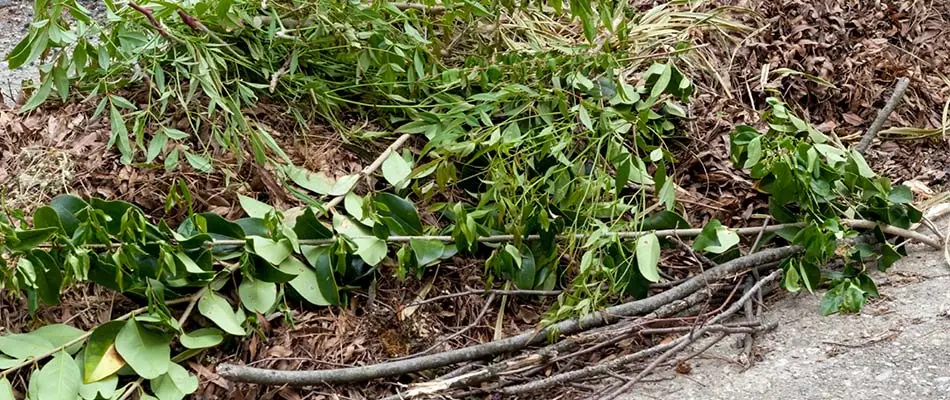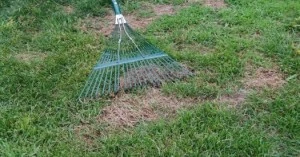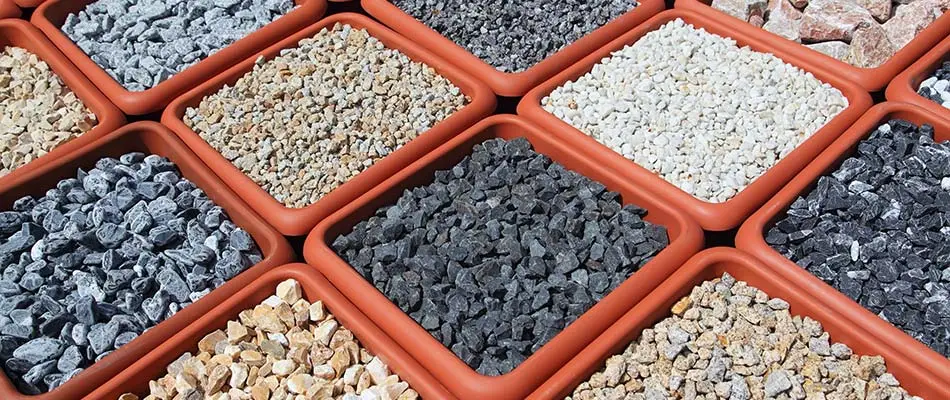
Our Blog
Use our blog as a resource of information pertaining to lawn and landscape maintenance information and services for your properties.

Use our blog as a resource of information pertaining to lawn and landscape maintenance information and services for your properties.

 One of the first things to do each season is to start with a good spring clean-up; an all-over clean up and review of your lawn & landscape (including plants, shrubs, trees, and their beds). Fallen branches, debris that has been blown in from the neighbor’s yard, and “gifts” the snow plow delivered (chunks of sod, anyone??) all need to be removed. It is a huge part of maintaining a clean, crisp, great looking landscape.
One of the first things to do each season is to start with a good spring clean-up; an all-over clean up and review of your lawn & landscape (including plants, shrubs, trees, and their beds). Fallen branches, debris that has been blown in from the neighbor’s yard, and “gifts” the snow plow delivered (chunks of sod, anyone??) all need to be removed. It is a huge part of maintaining a clean, crisp, great looking landscape.
Mulching is an important part to the landscaping, and one of the most beneficial and easiest steps. There are many reasons to mulch around your plants. The first is to retain moisture. Mulch helps to slowly release water into the soil as you water. This allows for greater soil infiltration. This results in even soil moisture levels and a healthier root system. The mulch also helps the soil to keep the water that it does absorb by reducing the amount of moisture evaporating into the air. All in all this makes it easier for you because it reduces the amount of water needed to be applied.
Mulching helps to regulate the temperature of the soil surrounding your plants. It keeps soil cool in the summer, as much as 30 degrees cooler than the air temperature compared to bare soil or soil covered with stone. It also acts as a natural insulator in the winter. It allows for a slower freezing and more uniform temperature to make for less drastic temperature changes and prolongs the plant life.
Mulch can come in many forms. They can be organic or inorganic materials. Organic materials are ones in which they used to be a living plant form (i.e. bark nuggets, shredded wood chips, pine needles, and hay or straw). Inorganic materials include anything that would be considered man made. The natural or organic materials are best because they naturally decompose to add nutrients to the soil beneath. These nutrients are carried deep into the root systems by earthworms. These earthworms also ...
Just complete the form below to get a pricing quote.
